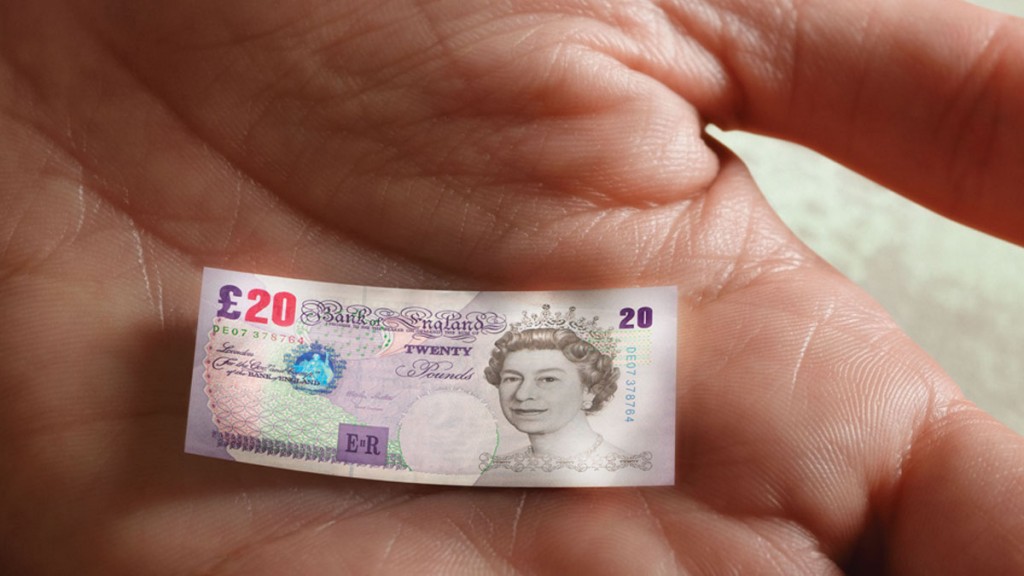
Last week, NatWest became the first UK bank to warn business customers that it may charge them negative interest rates on money held in current accounts. “Global interest rates remain at very low levels and in some markets are currently negative,” the bank wrote. “Dependent on future market conditions, this could result in us charging interest on credit balances.”
So far, this is just a warning – there’s no immediate sign that the Bank of England intends to copy other central banks in Europe and elsewhere by cutting rates below zero. And NatWest’s comments apply to business accounts only, not to individuals. But it’s possible that at some point in the future we might find ourselves in the topsy-turvy world of negative rates. So what might the results be if that happens?
Brace yourself for fees
So far, the precedent from Europe is that while some banks would move to pass this “negative rate” on to customers, private savers would be unlikely to face negative rates on their personal accounts. For example, Denmark, which was a pioneer in introducing the policy in 2012, has passed the full cost on to professional customers, including small and medium-sized businesses, choosing to spare those holding personal accounts.
Alternative Bank Schweiz – a tiny Swiss commercial lender with a bent for projects with a social benefit – has become the first to begin charging savers for taking their money. Customers currently face a -0.125% rate on their cash, and a -0.75% rate on deposits above 100,000 Swiss francs. But this seems unlikely to catch on more widely, for fears of triggering cash-hoarding.
It’s more likely that banks would charge fees on current accounts to cover their costs. Some banks in the UK already do this. For example, Santander charges £5 per month for all customers of its 123 current account, while a number of other banks charge a fee for certain accounts if you don’t pay in a minimum amount each month or meet other conditions. However, current-account fees are more common in other countries and many banks would like to introduce them here. The introduction of negative interest rates could be a pretext for doing so.
Getting paid to borrow
Introducing negative interest rates would have no immediate impact on customers with fixed-rate mortgages. However, those with tracker mortgages – where the interest rate follows the Bank of England base rates up and down – might see their mortgage repayments become cheaper.
Unfortunately, this is unlikely to end with home owners being paid to hold a mortgage by lenders. The interest rate on trackers is set at a significant margin above the base rate, and many contain a clause stating that repayments won’t fall below the 0% mark. For example, back in 2007 Cheltenham & Gloucester offered a two-year tracker rate mortgage at bank rate of minus 1.01%.
When interest rates were cut to 0.5% in March 2009, those borrowers would have had a theoretical rate of -0.51% if their tracker rate had followed. But in practice, the bank charged its customers a rate of either 0% or a nominal 0.01%.
That said, there have been cases in Europe where mortgage contracts were written in such a way that banks had to pay their customers. Danish banks are understood to be paying thousands of borrowers interest on their home loans. They have increased some fees to compensate but never mounted serious legal obligations. The benchmark interest rate in Portugal and Spain has not yet turned negative, but banks there are battling proposals that could require them to pay borrowers if it did.